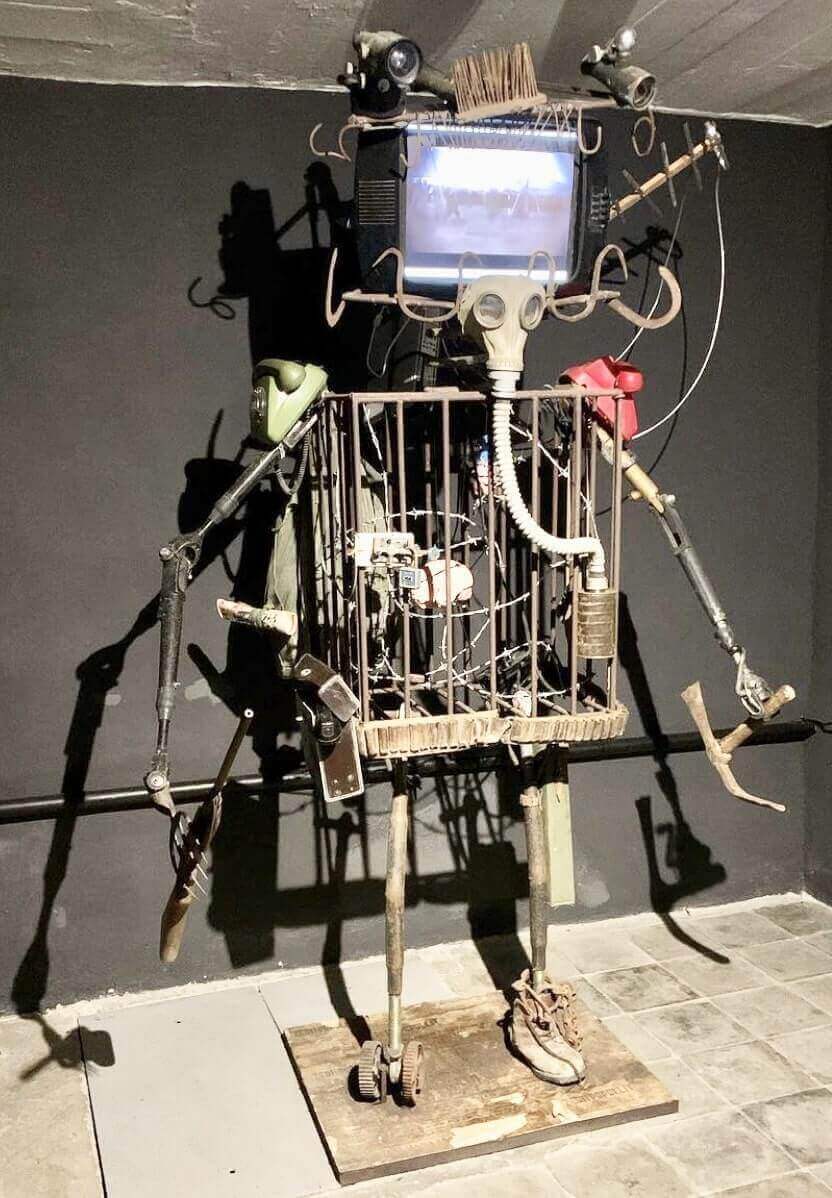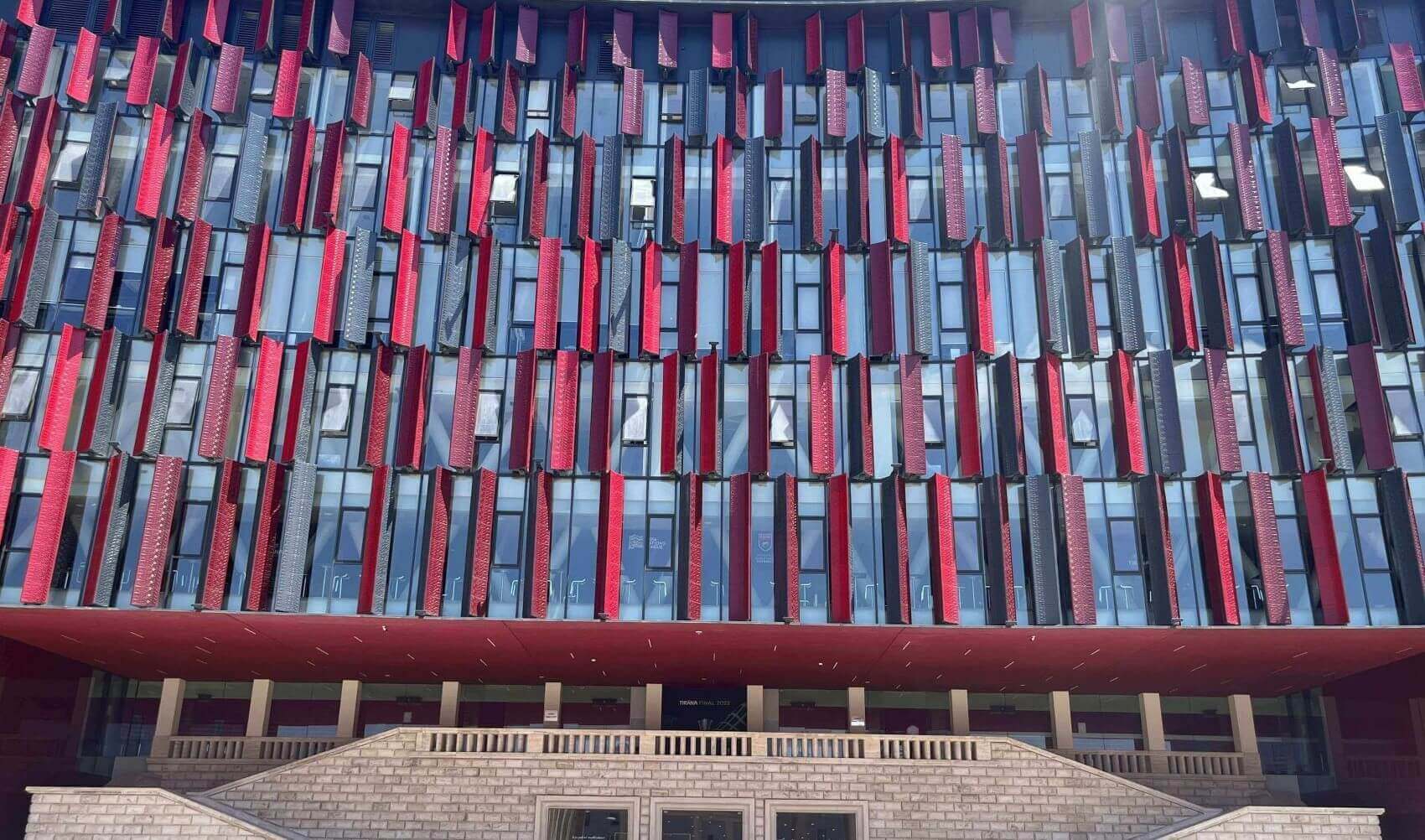
I visited Albania in July 2022, on a solo Montenegro-Albania trip. I took a bus from Podgorica in Montenegro to Tirana, the capital of Albania. The distance between the two cities is only 150km, yet it took us well over 3 hours to arrive. I was irate that we were traveling so slowly, until I learned that Albania’s mountainous terrain and poor road quality gives it the highest rate of road deaths per vehicle in Europe. I suddenly felt more appreciative of our bus driver. My guesthouse was sketchy. The entrance was in a back alleyway, and the staircase looked like it had been hit by a missile. Having heard horror stories about the Albanian mafia, I became concerned that I would be the newest victim of an elaborate plot to rob dumb American tourists. The room, however, was comfortable, with a working refrigerator and a clean bathroom. Once I had convinced myself the place was safe, I stopped composing long farewell speeches to my favorite organs and started to enjoy myself.
In Tirana, rundown old buildings coexist quite naturally with modern sculptures and edifices. It is a fun city to walk around – you never knew what to expect! In one square I chanced across a quirky satellite-like sculpture called the “Big Bang,” and on one of the side roads I was delighted to find a hilarious street art drawing of Eric Cartman from South Park. The city lies at the edge of the vast Tirana Plain and next to the lush Skanderberg mountain range. At the edge of the city, you can take a gondola to get to the top of the 1,600-meter high Dajti Mountain, which offered a view of the entire city and surrounding plains. I appreciated how the mountains were so easily accessible from such a flat city. Tirana’s airport is named after Mother Teresa, an Albanian whose longstanding charity work in India garnered much publicity.
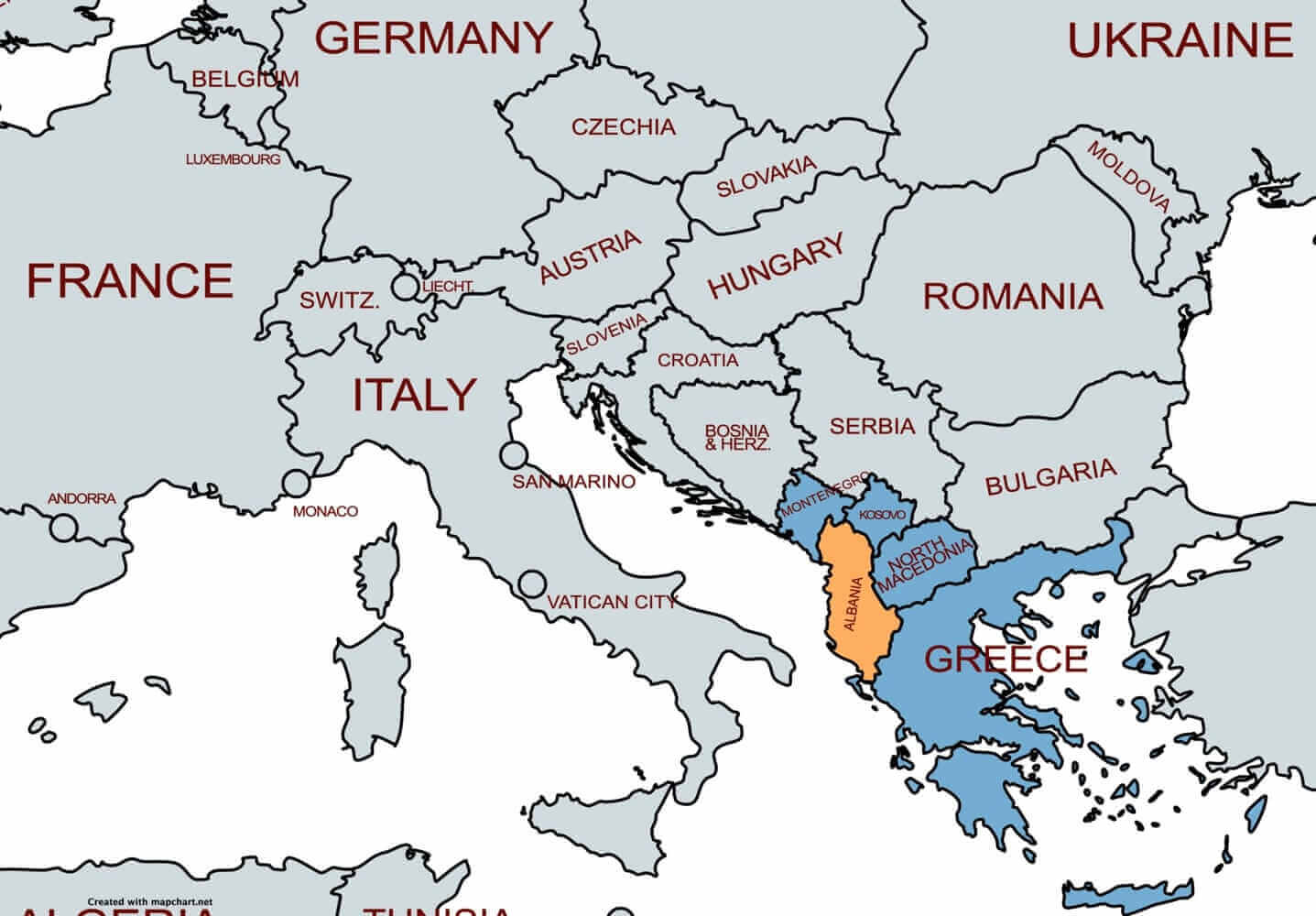
Albania became a province of the Ottoman Empire in 1431. Like all non-Muslims in the Ottoman Empire, its majority-Christian population had to pay an extra tax called the Jizya unless they converted to Islam. Over the coming centuries, Albanians did just that, and it is today one of only 3 Muslim majority countries in Europe. In 1912, Albania started a revolt against its Ottoman rulers, and succeeded in gaining independence in less than a year. Between 1912 and World War II, Albania became a kingdom, and built close ties with Italy. When Italy invaded Albania in 1939, the country fell quickly, and King Zog I fled. Although most Albanians were hardly thrilled about being betrayed and invaded by their close ally, many were somewhat pacified by Italy’s support for the idea of a Greater Albania that would incorporate the Albanian-majority Yugoslav region of Kosovo. Albania served as the base for Italian military activities in the Balkan region, including the attempted invasion of Greece in 1940.
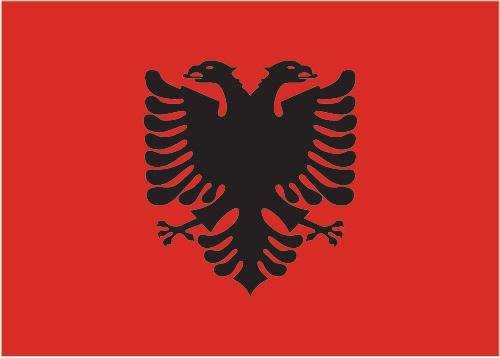
Albania was liberated in 1944 from Italy by the communist National Liberation Front led by Enver Hoxha, who went on to lead the country until his death in 1985. He created a police state that restricted many civil liberties such as religious freedom, but also invested in education and healthcare which caused the nation’s life expectancy and literacy rates to skyrocket. For most of the Cold War, Albania maintained independence from both the U.S. and the USSR – a rare feat for European countries. In 1991, a series of protests resulted in Albania having its first free elections, and the collapse of the communist regime a year later. The newly installed government encouraged people to invest in a variety of Ponzi schemes, which collapsed in 1997. Since over half the Albanian population had invested in these companies, the nation was outraged, and a civil war broke out. The UN Security Council assigned a 7,000-person peacekeeping force to help the Albanian government control the country. Albania joined NATO in 2009, and one of its main foreign policy objectives is to integrate itself in the European Union and the Eurozone.
The main square in Tirana is named after the 15th century Albanian hero Skanderbeg. He won several military victories against the Ottoman Empire, which controlled much of the region at the time, and became a symbol of Christian resistance to Muslim Ottoman rule. I was surprised to learn this, since more than half of Albanians adhere to Islam. Ultimately, most of Albania remained under Ottoman rule until World War I. The capital cities of neighbouring North Macedonia and Kosovo also have a major square named in honor of this regional hero.
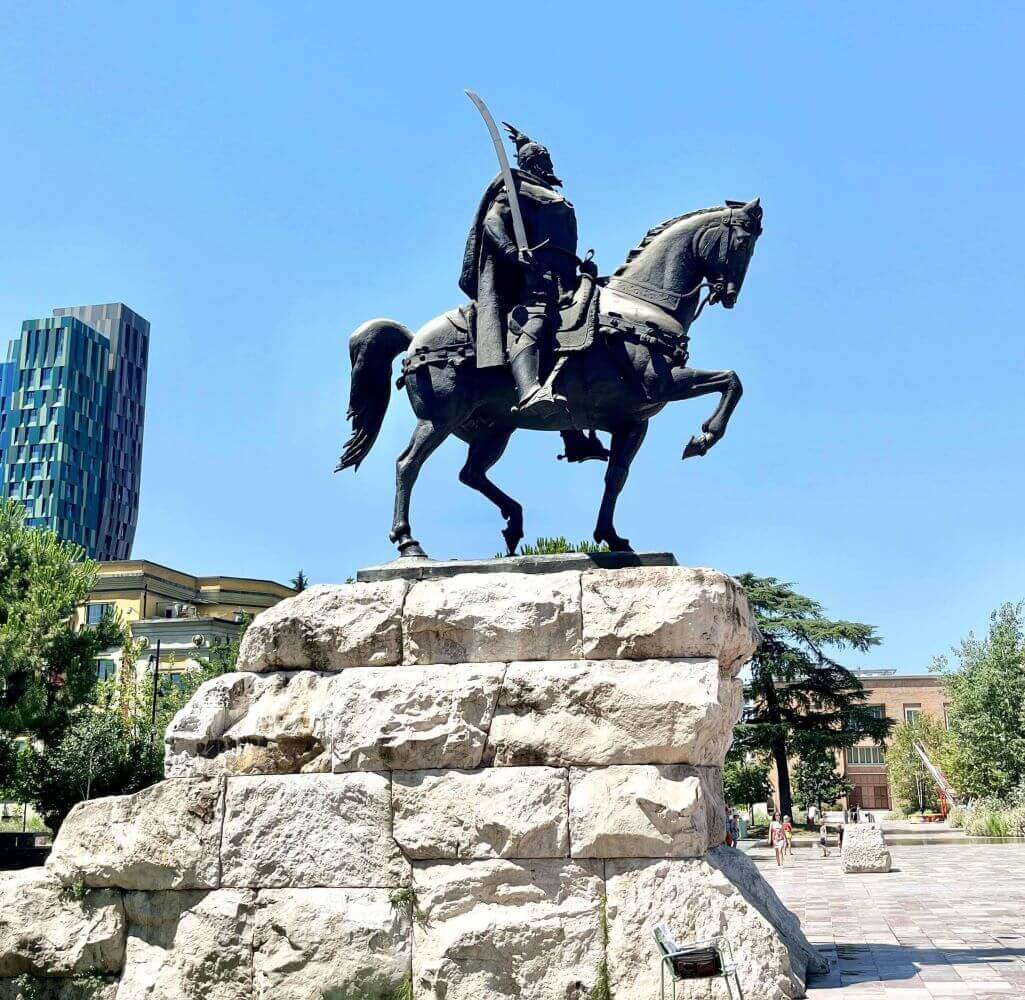
During the Cold War, Albania was ruled by Enver Hoxha. To call him a communist purist would be an understatement. A fan of Stalin, Hoxha pulled Albania away from the Soviet Block during the 1960s when Khruschev began de-Stalinizing the nation to align with the more (respectably?) communist China. He then split with China after U.S. President Nixon’s visit in 1972. Being isolated internationally and fearing invasion by the USSR, NATO, and Yugoslavia, Hoxha ordered the construction of over 750,000 bunkers – more than one for every 4 citizens! Today, these bunkers are used for a variety of purposes ranging from refugee shelters to cafes. The one shown in this photo was repurposed into the Bunk’Art museum that exhibits life under Albania’s totalitarian rule.

This unsettling statue is in the Bunk’Art museum. It is built from everyday objects – a gas mask face, telephone shoulder pads, floodlight ears – and it holds a pickaxe in one hand and a rifle in the other. The museum does a disturbingly effective job of portraying what life was like under the Sigurimi, Albania’s secret police. The nearby House of Leaves has a similar exhibit showing the methods and technology that the Sigurimi used to spy on Albanians and prevent them from leaving the country. Everyone was under surveillance – no matter how few (or how many) red flags one raised. Albania’s history as a police state might explain why it fought so hard to join NATO in 2009, and why Albania is one of the countries that views NATO most favorably.
